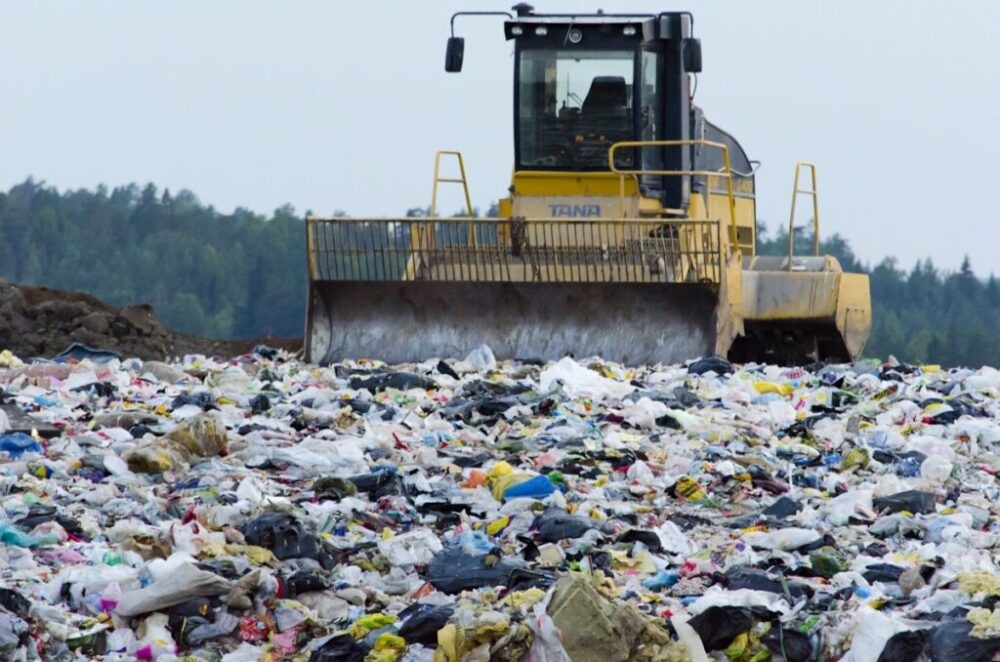We have much more to do and your continued support is needed now more than ever.
Conservative Supreme Court Justices Affirm Climate Science
Today’s decision by the Supreme Court in American Electric Power v. Connecticut may have foreclosed (for now) the possibility of states using federal common law to seek carbon pollution limits on some of our country’s dirtiest coal power plants, but it also has revealed a significant shift in the view of the Court’s conservative justices on climate science and how the U.S. can tackle the problem.
On November 29, 2006, I sat at one of the Court’s counselor’s tables and watched intently as Justice Scalia uttered “Troposphere, whatever, I told you before I’m not a scientist. That’s why I don’t want to deal with global warming, to tell you the truth.” The Justice’s disdain for climate science was confirmed the following April when the Supreme Court released its decision in Massachusetts v. EPA.

In Massachusetts, the Supreme Court found, in a 5-4 decision, that Congress had given the Environmental Protection Agency (EPA) authority to limit carbon dioxide as an air pollutant under the Clean Air Act. All EPA had to do to use that authority was to find that emissions of carbon dioxide and other greenhouse gases could reasonable endanger the country’s public health and welfare (something EPA did on December 9, 2009). Conservatives Chief Justice Roberts and Justice Scalia were two of the four justices that dissented in the case.
Chief Justice Robert’s dissent noted that climate change was “maybe a crisis” but that he did not want to make a judgment on whether it existed, what is causes, or the extent of the problem. He stated that the requisite injuries to stay in court alleged by Massachusetts, such as lost coastline from sea level rise, were “pure conjecture.”
Similarly, Justice Scalia agreed with Roberts and added his own dissent on the merits of the case. Scalia went so far as to cherry pick from parts of a 2001 National Academy of Science report to suggest that the Bush-era EPA has correctly determined uncertainty in climate science existed and thus no action should occur under the Clean Air Act.
Today’s decision comes over four years after Massachusetts and it scrambles the commonly-held conservative jurisprudence on climate change. Both Roberts and Scalia signed onto a majority opinion which realigns their views, at least in part, on the issues of climate science and the Clean Air Act.
Reaffirming The Clean Air Act’s Role
First, today’s opinion strongly reiterates the 2007 ruling stating, “Massachusetts made plain that emissions of carbon dioxide qualify as air pollution subject to regulation under the Act” (today’s opinion at 10) and later adds that “the critical point is that Congress delegated to EPA the decision whether and how to regulate carbon-dioxide emissions from power plants (at 12).” Indeed, the Court focuses on this as the rationale for foreclosing Connecticut’s attempted use of federal common law to abate the carbon nuisance created by AEP’s coal-fired power plants. In joining the Court’s reasoning, Roberts and Scalia have thus flipped over to a confirmation that the Clean Air Act is a tool to tackle climate change . . . something of which conservative members of Congress should duly take note. (See here and here.)
Acknowledging Climate Change Impacts
Second, the new opinion reaffirms the EPA’s scientific findings that climate change is real and has significant impacts on the country. In today’s decision, Justice Ginsburg reminded us that after the ruling in Massachusetts the EPA went back and made its determination that carbon pollution contributes to climate change impacts including increases in heat related deaths, coastal inundation and erosion from melting ice caps, more frequent and intense hurricanes, and shifts in drought and rain patterns. And while Roberts and Scalia still hold that these climate injuries may not yet pass the standing threshold to stay in court, the fact remains that two more of the Court’s justices broke away from the emerging conservative orthodoxy that climate change does not exist. Both joined an opinion that discusses at some length the current climate science and reiterates support for using the Clean Air Act to tackle the climate crisis.
So if you are keeping score at home the silver lining in today’s ruling is that the Supreme Court scoreboard on climate science and the Clean Air Act just shifted favorably from 5-4 to 7-2.
For more details on the case, including an amicus brief filed by NWF, visit SCOTUS Blog.





















